Threshold Test Ban Treaty (TTBT) – The Treaty on the Limitation of Underground Nuclear Weapon Tests, also known as the Threshold Test Ban Treaty (TTBT), was signed in July 1974. It establishes a nuclear “threshold,” by prohibiting tests having a yield exceeding 150 kilotons (equivalent to 150,000 tons of TNT).
Following the report of the ZANGGER Committee (1974) which represents the first major international effort to develop export controls on nuclear materials the Nuclear Suppliers Group (NSG) was established in 1978 (founding members were the United States, the Soviet Union, Britain, France, West Germany, Canada, and Japan).
In 1985 eight members of the South Pacific Forum, including Australia and New Zealand, establish a nuclear-free zone in the South Pacific (RAROTONGA treaty).
Following the collapse of the Soviet Union two more Nuclear Free Zones were established, the Southeast Asian Nuclear Free Zone (SEANWFZ) (1995) which included the seven-member Association of Southeast Asian Nations (ASEAN), Brunei, Indonesia, Malaysia, the Philippines, Singapore, Thailand, and Vietnam, joined also by Cambodia, Laos, and Burma, and the PELINDABA treaty for a nuclear weapons free zone in Africa (AFNWFZ) which was signed in 1996 by fruity three African nations. (FAS, The Nuclear Information Project).

